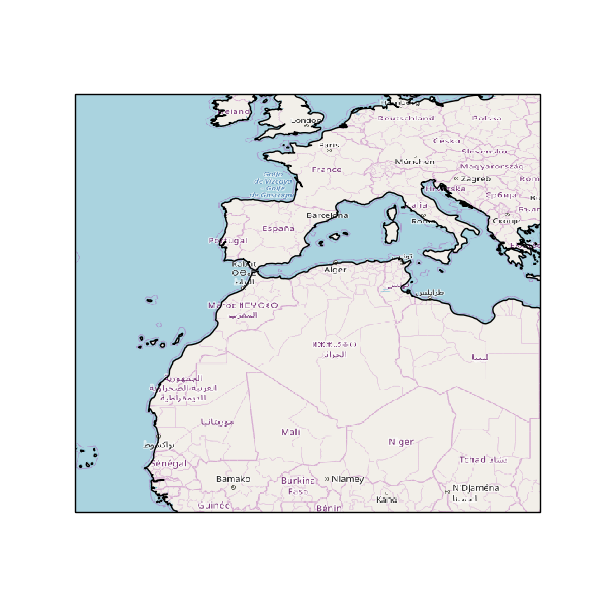Try adding interpolation='none' to the add_image() call, I believe without this matplotlib resamples (possibly not very well as seen) the image to fit the axis.
From the matplotlib documentation (for imshow) this only works for Agg, ps and pdf backends, although I also saw improvements using svg backend when running in Jupyter.



Description
I posted this on stackoverflow but got no answers so far, hope someone here could shed some light on it. In a nutshell, my tiles look ugly, for example:
Produces:
Look at those pixelated text labels and overall poor resolution. I played with different zoom levels and different styles with no success.
When displaying the same map on google maps, I get the usual nicely rendered look:
I can change tile provider but results are similar:
It doesn't matter if I run the code on a Jupyter notebook or a python console or on a different machine, results are identical.
Any clue?
Traceback
Full environment definition
### Operating system macOS High Sierra 10.13.3 (17D47) ### Cartopy version 0.16.0 ### conda list ``` # packages in environment at /Users/stefano/anaconda3: # _ipyw_jlab_nb_ext_conf 0.1.0 py36h2fc01ae_0 alabaster 0.7.10 py36h174008c_0 altair 1.2.1 py_0 conda-forge anaconda custom py36ha4fed55_0 anaconda-client 1.6.5 py36h04cfe59_0 anaconda-navigator 1.6.9 py36ha31b149_0 anaconda-project 0.8.0 py36h99320b2_0 appnope 0.1.0 py36hf537a9a_0 appscript 1.0.1 py36h9e71e49_1 argparse 1.4.0